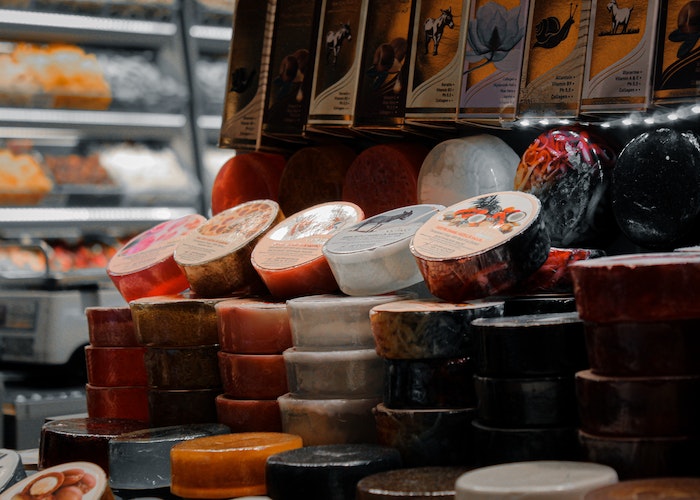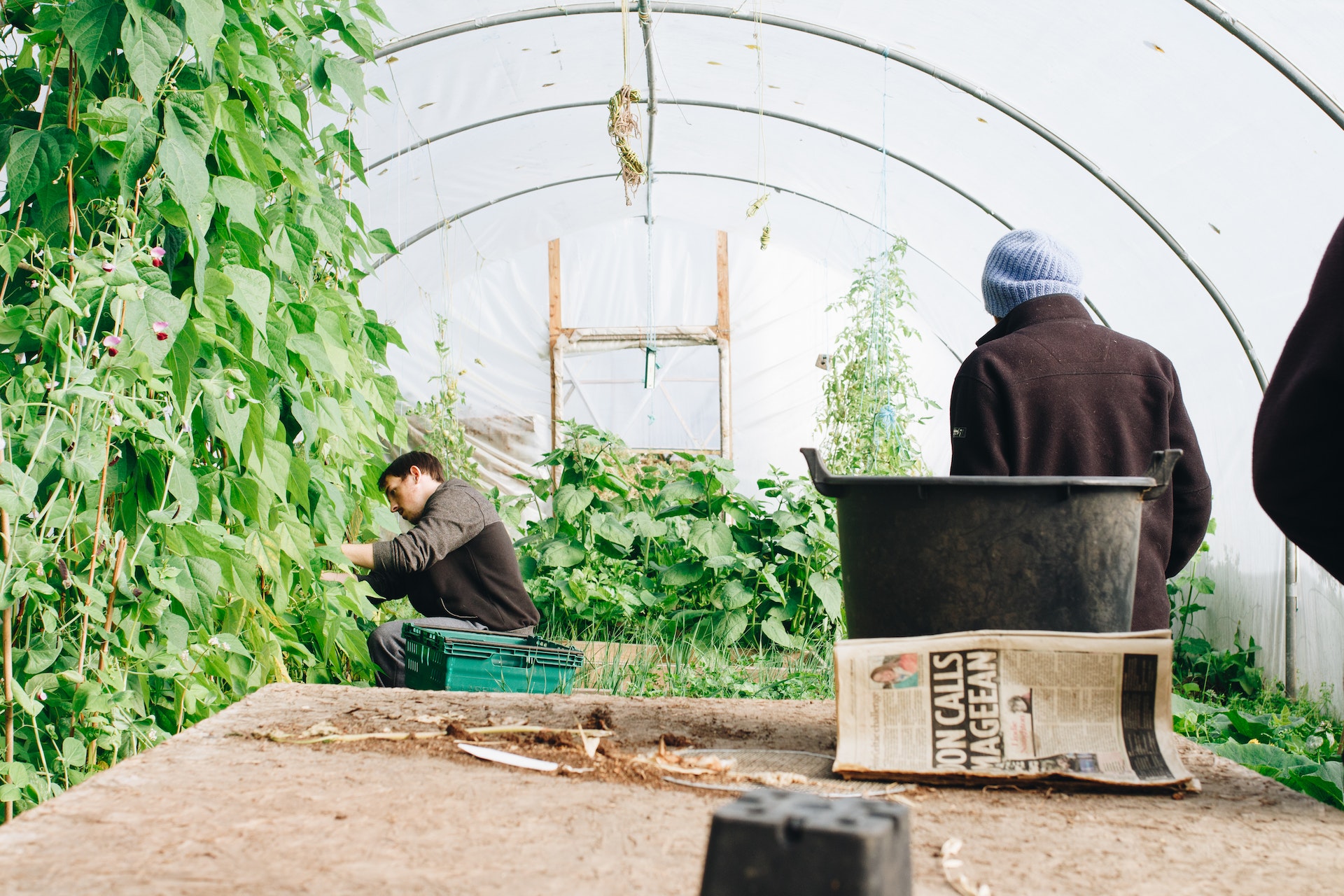As sustainability and environmental consciousness become increasingly important, the demand for biodegradable products has grown. In this blog we will explore the cost comparison between biodegradable and traditional products. Biodegradable products are designed to minimize harm to the environment by breaking down naturally over time. While these products offer ecological benefits, concerns about their cost often arise. This blog post aims to compare the cost of biodegradable products with traditional alternatives, addressing the misconceptions and shedding light on the true value of sustainable choices.
Cost comparison between biodegradable and traditional products

1. Understanding Biodegradable Products
Biodegradable products are made from materials that can decompose naturally and return to the environment without causing pollution or harm. They are typically derived from renewable resources, such as plant-based materials, and can be broken down by bacteria or other natural processes. Traditional products, on the other hand, are often made from non-renewable resources and do not degrade easily, leading to long-lasting waste.
2. The Cost Perception
Many people assume that biodegradable products are more expensive than their traditional counterparts. This perception stems from various factors, including the initial costs of developing sustainable alternatives and the limited availability of biodegradable options in certain markets. However, it is crucial to delve deeper into the true costs of both types of products to gain a comprehensive understanding.
It’s true that biodegradable products can be more expensive than traditional products, but the real cost lies in the impact on the environment. Traditional products like plastic bags and utensils may seem cheaper, but they have a much higher environmental cost. Plastic waste takes hundreds of years to decompose and often ends up in our oceans, harming marine life and ecosystems.
Biodegradable products, on the other hand, break down naturally and don’t harm the environment. They also often use renewable resources, which can reduce our dependence on non-renewable resources like oil. While biodegradable products may cost more upfront, they can save us money in the long run by reducing the need for expensive environmental cleanup efforts.
3. Short-term vs. Long-term Costs:
While traditional products may have a lower upfront cost, they often impose hidden long-term expenses. For instance, the environmental impact of non-biodegradable products can result in additional costs related to waste management, pollution control, and ecosystem restoration. Biodegradable products, despite having a higher initial price, offer long-term benefits by reducing these hidden costs and contributing to a cleaner and healthier environment.
4. Market Trends and Economics

As the demand for biodegradable products increases, economies of scale and technological advancements are driving down their production costs. In many cases, prices of sustainable alternatives are becoming more competitive with traditional products. Moreover, as consumers prioritize sustainability, companies are investing in eco-friendly manufacturing processes, which can lead to further cost reductions.
5. Making the switch to biodegradable products
Making the switch to biodegradable products may seem daunting, but there are many easy ways to start. Consider swapping out plastic utensils for biodegradable options or using biodegradable bags for your grocery shopping. Small changes can add up to make a big impact on the environment and your wallet.
6. Evaluating the True Value
To accurately assess the cost of biodegradable products, it is essential to consider their broader value. These products help mitigate the environmental impacts of waste, reduce carbon emissions, and preserve natural resources. While traditional products may seem cheaper on the surface, the long-term consequences of their usage can far outweigh the initial savings. Thus, the true value lies in the positive environmental and social effects of choosing biodegradable options.
7. Considerations for Consumers
As consumers, we play a crucial role in driving the demand for sustainable products. It is important to research and compare prices, read labels, and make informed choices. While biodegradable products may still be slightly more expensive in some cases, the overall cost is decreasing, and their benefits for the planet make them worthwhile investments.
Conclusion
In conclusion, biodegradable products may cost more upfront, but the real cost lies in the harm caused by traditional products. By considering the real cost, we can make informed decisions and work towards a more sustainable future. When comparing the cost of biodegradable products to traditional alternatives, it is important to consider the long-term expenses and the broader value they provide. While biodegradable products may have higher upfront costs, they offer significant environmental benefits and contribute to a more sustainable future. As technology advances and market trends evolve, the cost of these products will continue to decrease, making them more accessible to all consumers. Ultimately, by choosing biodegradable options, we can make a positive impact on the planet and create a healthier world for future generations.



